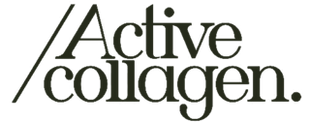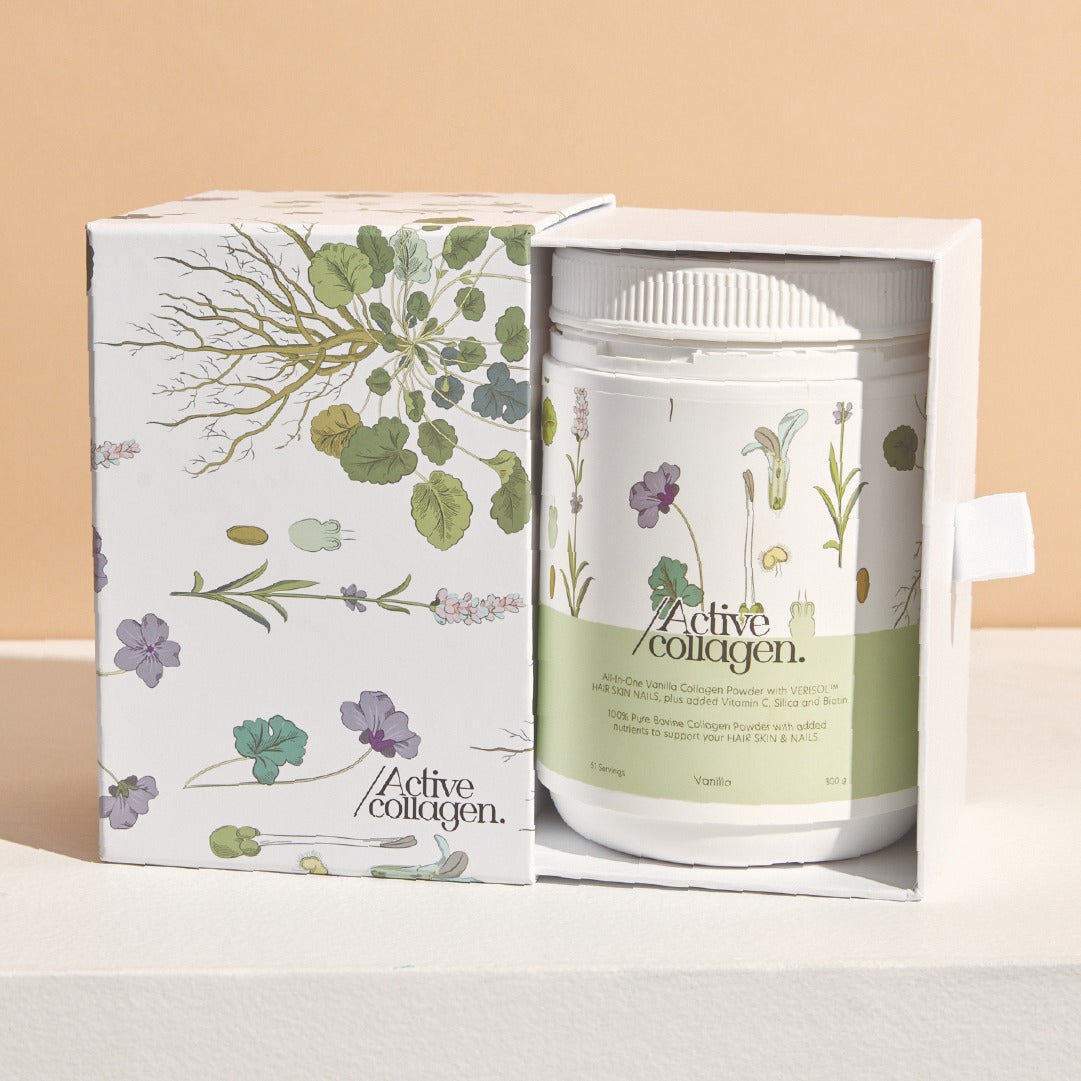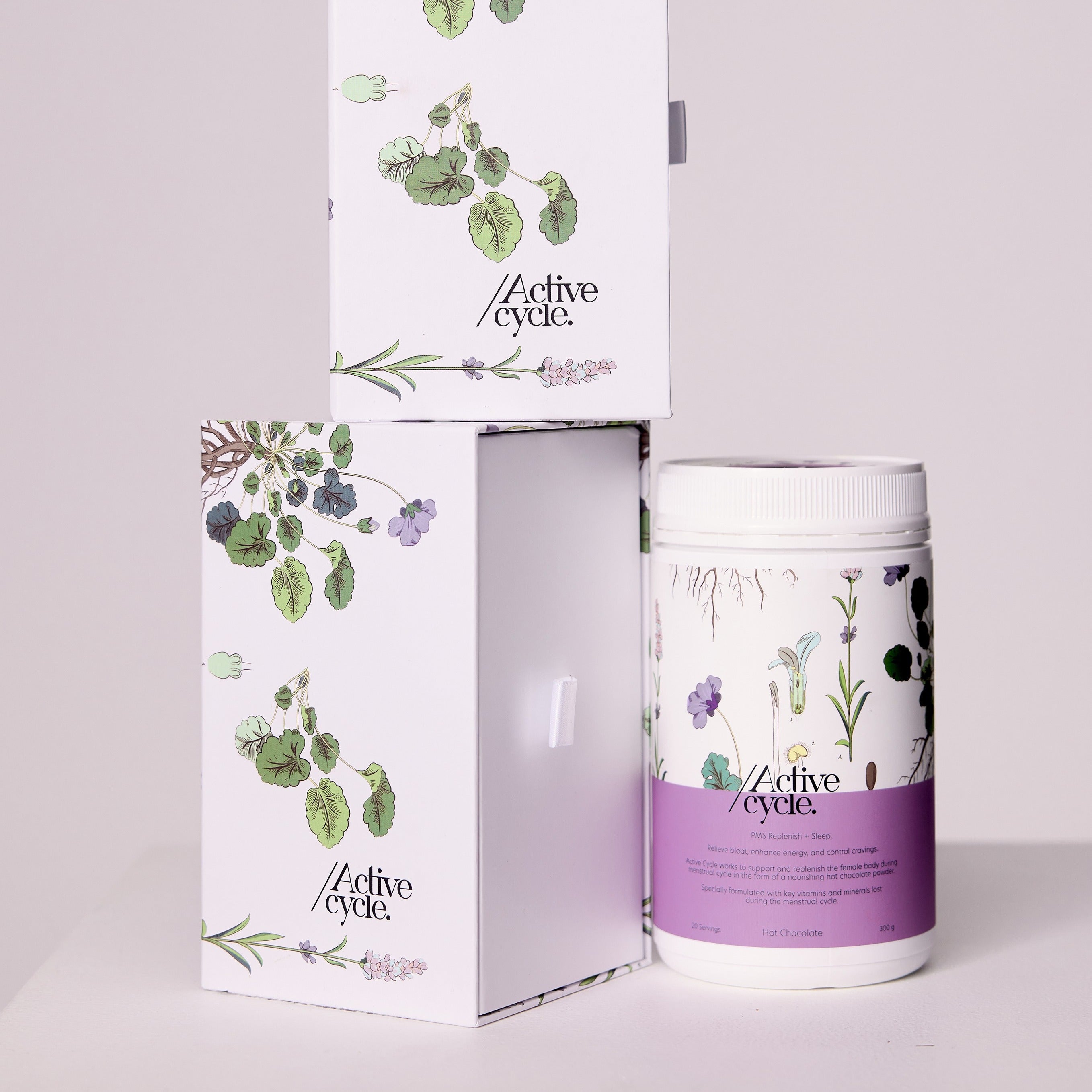Becoming aware and living in tune with your cycle has never been more popular than in recent times. And aren’t we glad! Getting in tune means making lifestyle and nutrition choices that will support the 4 phases of your cycle – Menstrual, Follicular, Ovulatory and Luteal – and will also influence how you experience that month’s period i.e. may mitigate sore boobs, cramps and even PMS.
The way nutrition can influence a menstrual cycle is a powerful tool that any menstruator can take on board at very little cost. By adopting particular eating habits this gives the body the necessary and most demanding nutrients that are needed during one phase to the next. These changing nutrient needs are based on factors that are happening during each phase, such as fluctuating hormone levels, energy demands and blood loss. So without further ado, let us introduce some helpful nutrition pointers at each phase.
Menstrual Phase
The time of our cycle that marks probably the most important to be getting on top of our nutrition – even if all we want is to throw ourselves at all the chocolate and ice cream we can get our hands on. During this phase, which varies between 3-7 days in length, there are a few key nutrients that are lost through blood. One that is top of the list is iron, as it is a major component of our red blood cells. Lean into iron rich foods such as grass-fed red meats, eggs, fish, poultry, wholegrain cereals like brown rice, legumes including tofu, and leafy green vegetables such as spinach and silver beet.
Another fabulous source of iron is cacao powder. Cacao is said to contain significant amounts of dietary iron, providing around 11mg of iron per 100g of dark chocolate (90%), which could explain why we crave chocolate during our menstrual phase. Active Cycle, the newest member here at Active Collagen, contains organic Peruvian cacao powder which provides over 50% of your daily iron needs per serve in a delicious hot chocolate. What could be easier?!
When trying to increase your absorption of iron during this phase hone in on pairing your iron rich sources with a source of vitamin C such as lemon juice, tomatoes, berries, citrus fruits, potato and capsicum. Also, try and avoid calcium rich foods around your iron consumption as this can actually inhibit absorption.
Meal idea: An iron rich breakfast for this phase could look like 2 free-range eggs with sourdough toast and sauteed leafy greens with a generous squeeze of lemon.
Got a sweet carving? Reap the benefits of cacao and try our Raw Raspberry Chocolate Chia Slice recipe.
Follicular Phase
Oestrogen levels are on the rise and so is our energy – hallelujah. When supporting this increase in energy what better nutrients to turn to than our B vitamins. B vitamins, like thiamine, riboflavin and niacin, are key for producing energy in the body, including in the brain. Naturally, these vitamins are found in animal proteins, dairy, leafy greens, legumes, grains and cereals.
The follicular phase is also the best time to start supporting your body for ovulation – which is the main event in our menstrual cycle that many might not realise. Studies on the Mediterranean Diet suggest that intakes of high fibre from grains, vegetables and fruits, omega 3’s from oily fish, healthy fats from extra virgin olive oil and lower consumptions of red meat have a significant impact on the menstrual cycle. Omega 3’s in particular may reduce the incidence of PMS that is experienced at later stages in the cycle such as anxiety, bloating and headache.
Meal idea: Load up on omega 3’s and B vitamins by incorporating baked oily salmon with a grain and leafy green salad drizzled with extra virgin olive oil.
Ovulation
Your energy levels may feel like they’ve hit their peak. That’s due to oestrogen and progesterone levels peaking around the same time. When hormone levels peak it is important we are supporting our bodies detoxification pathways of these hormones to prevent complications such as oestrogen dominance. Incorporating foods that are high in fibre and termed brassica vegetables like Brussels sprouts, broccoli and cauliflower, increase the enzymes for hormone detoxification in the liver.
Ovulation is also a time to hydrate, hydrate, hydrate! You may notice that your cervical mucus is clear and quite wet during this time. This is due to a hydrated environment being optimal for egg health and the passage of sperm for successful fertilisation. Keeping a full drink bottle close is your best bet.
Meal ideas: Baking a large batch of your favourite brassica vegetables at the start of the week will help you easily include these into your daily intake.
Luteal Phase
For many this phase can be where we crave certain foods, experience PMS and have quite a drop in energy. As our hormone levels begin to drop this actually has an effect on our energy and metabolism, boosting our appetite. Though we should listen to our bodies and definitely increase our intakes, it is beneficial to stick to wholefoods and balance meals with adequate protein and healthy fats for balanced energy.
As PMS is a big factor affecting over 80% of women at some stage during their menstruating years, there is one mineral that can be beneficial for modulating PMS. Magnesium levels are proven to be lower in those that experience PMS than in women who don’t. The benefits of magnesium stem from its calming effect on the nervous and muscular systems which can positively impact symptoms such as anxiety and cramps. Foods that are rich in magnesium include dark leafy vegetables, pumpkin seeds, chia seeds, wholegrains, avocado, legumes and dark chocolate.
Meal ideas: Base your main meals around a healthy protein (lean meats, legumes, eggs, oily fish) paired with a complex carbohydrate (sweet potato, brown rice) and a healthy fat (avocado, tahini, olive oil) plus a generous amount of non-starchy vegetables. This will keep you fuller and satisfied for longer + boost magnesium.
Although, if you are after a sweet snack that is also packed with protein try our Salted Vanilla + Banana Nice Cream.
Thiyagarajan, D. K., Basit, H., Jeanmonod, R. (2020). Physiology, Menstrual Cycle. https://www.ncbi.nlm.nih.gov/books/NBK500020/
Taneja, D. K., Rai, S. K., & Yadav, K. (2020). Evaluation of promotion of iron-rich foods for the prevention of nutritional anemia in India. Indian journal of public health, 64(3), 236–241. https://doi.org/10.4103/ijph.IJPH_65_20
Cinquanta, L., Di Cesare, C., Manoni, R., Piano, A., Roberti, P., & Salvatori, G. (2016). Mineral essential elements for nutrition in different chocolate products. International journal of food sciences and nutrition, 67(7), 773–778. https://doi.org/10.1080/09637486.2016.1199664
Moustarah, F., Mohiuddin, S. S. (2021). Dietary Iron. https://www.ncbi.nlm.nih.gov/books/NBK540969/
Tardy, A. L., Pouteau, E., Marquez, D., Yilmaz, C., & Scholey, A. (2020). Vitamins and Minerals for Energy, Fatigue and Cognition: A Narrative Review of the Biochemical and Clinical Evidence. Nutrients, 12(1), 228. https://doi.org/10.3390/nu12010228
Hanna, M., Jaqua, E., Nguyen, V., & Clay, J. (2022). B Vitamins: Functions and Uses in Medicine. The Permanente journal, 26(2), 89–97. https://doi.org/10.7812/TPP/21.204
Skoracka, K., Ratajczak, A. E., Rychter, A. M., Dobrowolska, A., & Krela-Kaźmierczak, I. (2021). Female Fertility and the Nutritional Approach: The Most Essential Aspects. Advances in nutrition (Bethesda, Md.), 12(6), 2372–2386. https://doi.org/10.1093/advances/nmab068
Sohrabi, N., Kashanian, M., Ghafoori, S. S., & Malakouti, S. K. (2013). Evaluation of the effect of omega-3 fatty acids in the treatment of premenstrual syndrome: "a pilot trial". Complementary therapies in medicine, 21(3), 141–146. https://doi.org/10.1016/j.ctim.2012.12.008
Hodges, R. E., & Minich, D. M. (2015). Modulation of Metabolic Detoxification Pathways Using Foods and Food-Derived Components: A Scientific Review with Clinical Application. Journal of nutrition and metabolism, 2015, 760689. https://doi.org/10.1155/2015/760689
Nho, C. W., & Jeffery, E. (2001). The synergistic upregulation of phase II detoxification enzymes by glucosinolate breakdown products in cruciferous vegetables. Toxicology and applied pharmacology, 174(2), 146–152. https://doi.org/10.1006/taap.2001.9207
Souza, L. B., Martins, K. A., Cordeiro, M. M., Rodrigues, Y. S., Rafacho, B. P. M., & Bomfim, R. A. (2018). Do Food Intake and Food Cravings Change during the Menstrual Cycle of Young Women?. A ingestão de alimentos e os desejos por comida mudam durante o ciclo menstrual das mulheres jovens?. Revista brasileira de ginecologia e obstetricia : revista da Federacao Brasileira das Sociedades de Ginecologia e Obstetricia, 40(11), 686–692. https://doi.org/10.1055/s-0038-1675831
Fathizadeh, N., Ebrahimi, E., Valiani, M., Tavakoli, N., & Yar, M. H. (2010). Evaluating the effect of magnesium and magnesium plus vitamin B6 supplement on the severity of premenstrual syndrome. Iranian journal of nursing and midwifery research, 15 (Suppl 1), 401–405. https://www.ncbi.nlm.nih.gov/pmc/articles/PMC3208934/




